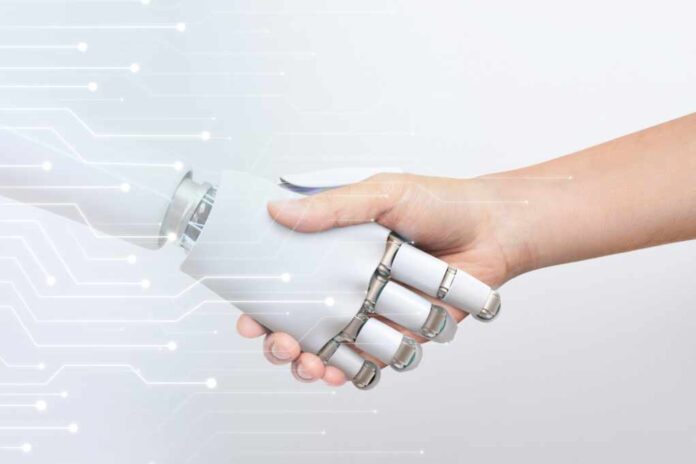
A single open-source robot brain from China could soon make “doing chores” as obsolete as dialing a rotary phone, and major US tech rivals are watching with unease.
Story Highlights
- Wall-OSS is the world’s first fully open-source embodied AI model for real-world robotics, released by X Square Robot.
- A $140 million funding round led by Alibaba Cloud signals shifting power in global robotics innovation.
- Rapid iteration every 2–3 months aims to outpace proprietary US competitors like Boston Dynamics and Figure AI.
- Wall-OSS could democratize robotics, lowering barriers for developers and accelerating adoption in industries.
Open-Source Robotics: The Power Shift You Didn’t See Coming
September 2025, Shanghai: X Square Robot, a name unknown to most Americans last year, has upended the global robotics arms race with Wall-OSS—a foundation AI model for robots, released with every parameter, line of code, and optimization tool made public. Not only does this move open the floodgates for innovation, it sets a new standard for transparency that proprietary giants have never dared to match. The launch coincided with X Square securing $140 million in Series A+ funding, led by Alibaba Cloud, with institutional heavyweights like Meituan and Lenovo piling in.
Wall-OSS’s open-source structure is not a half-hearted gesture. It includes the model itself, training and inference code, optimization solutions, and the full toolchain. For the first time, any developer, researcher, or startup can build on the same core intelligence as the world’s leading robotics labs—potentially outpacing them in months, not years. X Square’s CEO Wang Qian promises new model versions every two to three months, a cadence that leaves competitors scrambling.
The new robot that could make chores a thing of the pasthttps://t.co/OytKVeVTAc
— Erik Hoffmann (@C0ffee_M0nster) September 18, 2025
Why Wall-OSS Is a Direct Challenge to US Robotics Dominance
Boston Dynamics and Figure AI have long dominated headlines with dancing robots and humanoid assistants. But their models remain locked behind corporate walls, with only limited APIs or SDKs trickling out to developers. Wall-OSS is different: by making everything open, X Square is betting that the best ideas won’t come from its own engineers alone, but from a global army of contributors. The US approach, built on proprietary platforms and guarded data, now faces a genuine threat from a Chinese startup few saw coming.
Alibaba Cloud’s lead investment marks its first foray into humanoid robotics and signals a strategic realignment. With Meituan, Lenovo, and China Development Bank Financial also backing Wall-OSS, X Square has both the capital and deployment partners for massive scale. The model’s proof-of-concept deployments in logistics and manufacturing are already converting skeptics into believers, with investors openly touting the strategic importance of open-source robotics for future applications.
The Ripple Effect: Technology, Economy, and Society
Wall-OSS’s impact will be felt first in industries hungry for adaptable, affordable robots—warehouses, factories, hospitals, and even homes. By lowering entry barriers, it promises to accelerate robotics deployment and potentially reduce costs for businesses and consumers. Developers and academics gain unprecedented access to world-class robotics intelligence, spurring a wave of research and experimentation that could surpass anything seen in the last decade.
Long term, Wall-OSS may force the entire industry to rethink its business models. The proprietary giants will have to open up or risk irrelevance, as standards shift toward collaboration and interoperability. US robotics firms, once confident in their technological lead, now face competition not just from a well-funded Chinese startup, but from a worldwide community building on Wall-OSS’s foundation. For policymakers, China’s move positions it as a leader in open-source AI and robotics, influencing global standards and regulations.
Sources:
Yicai Global
TechFundingNews
X Square Official Site

























